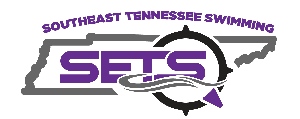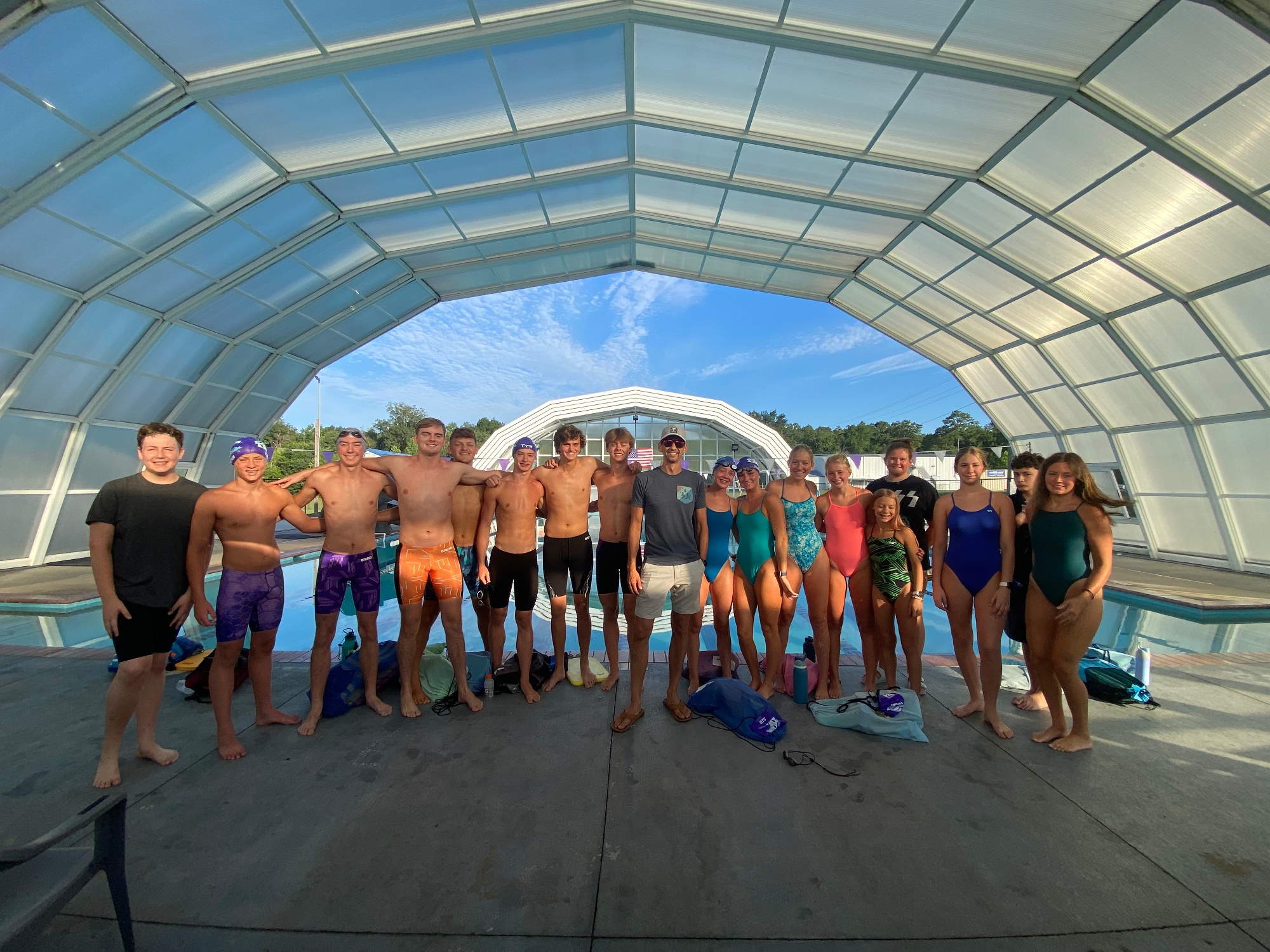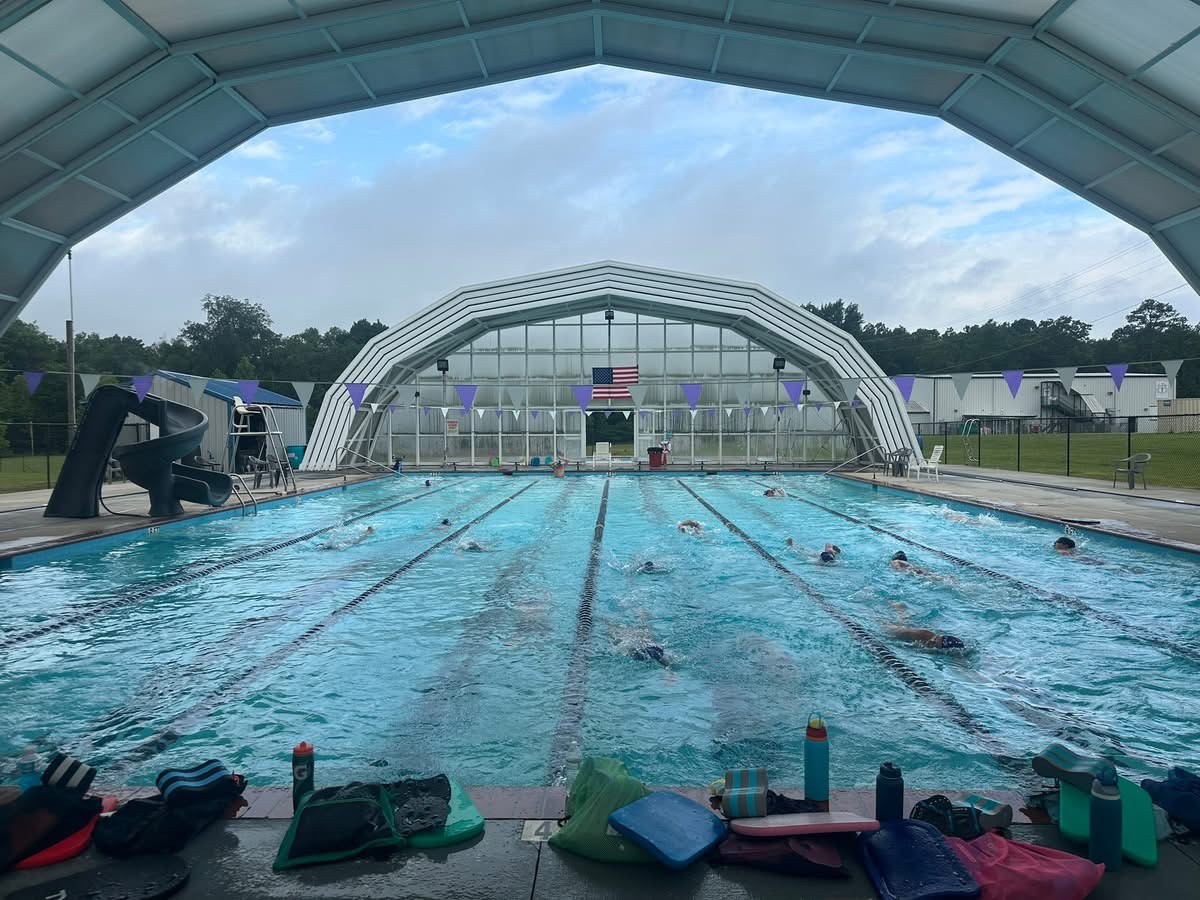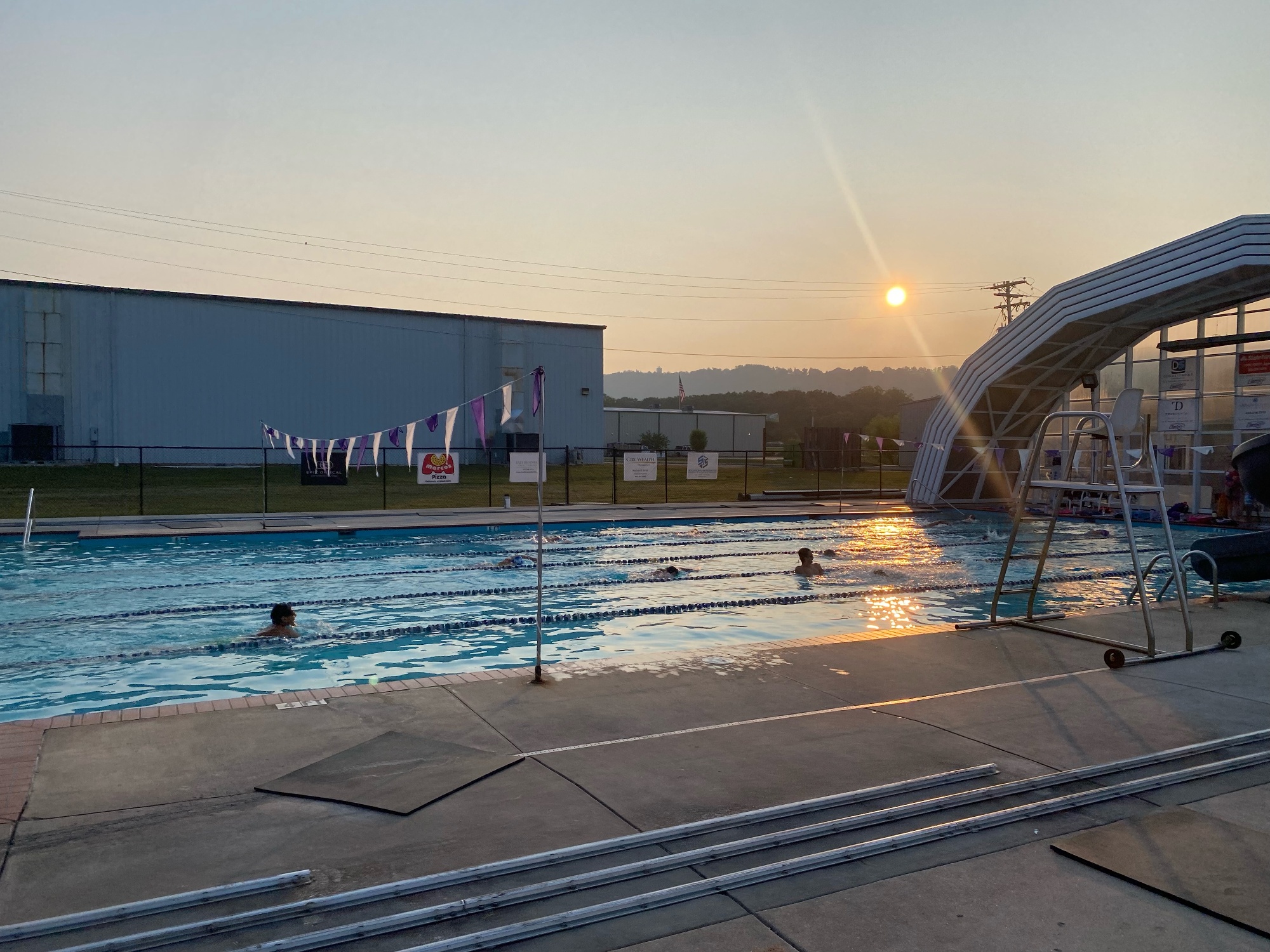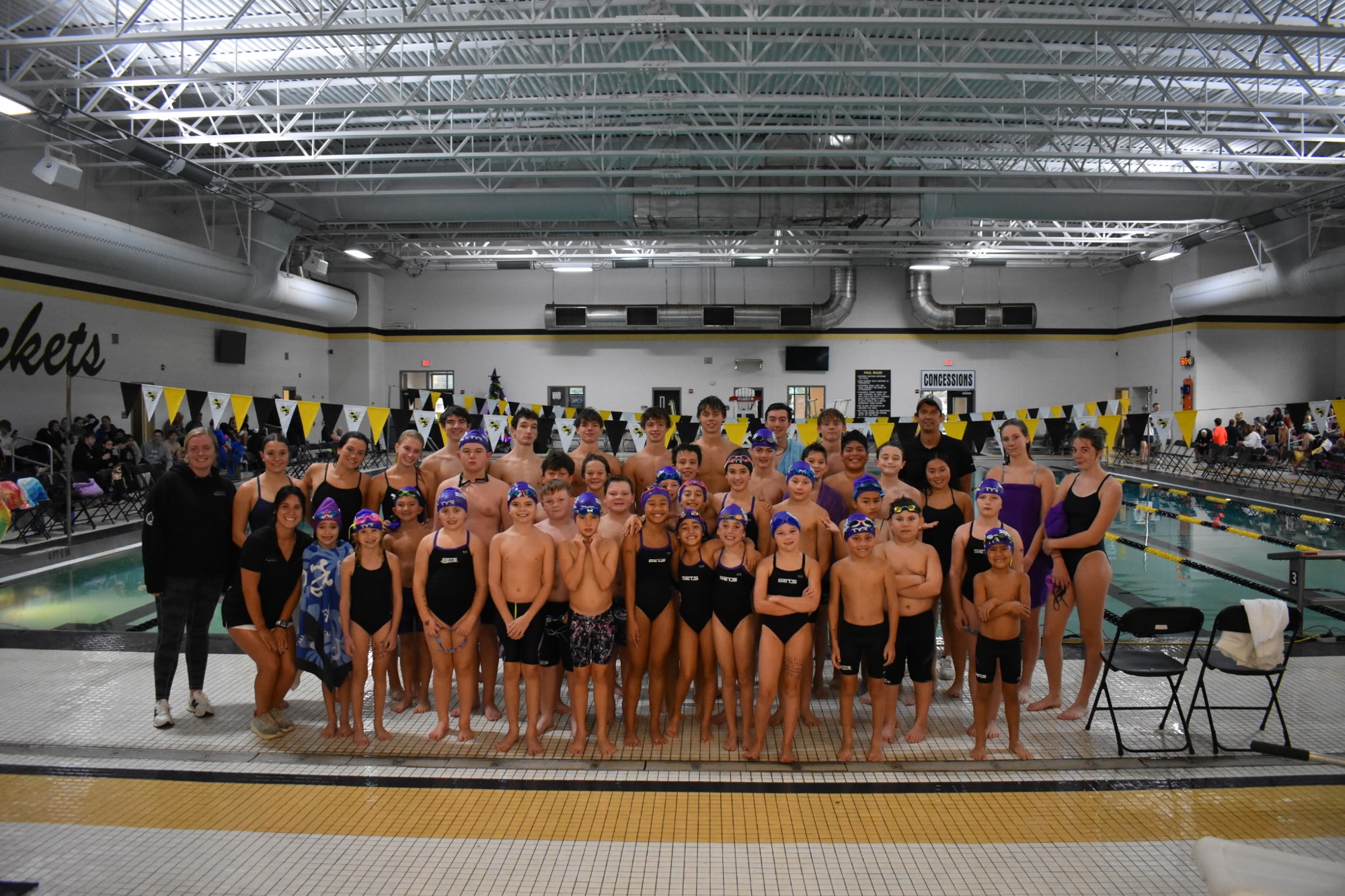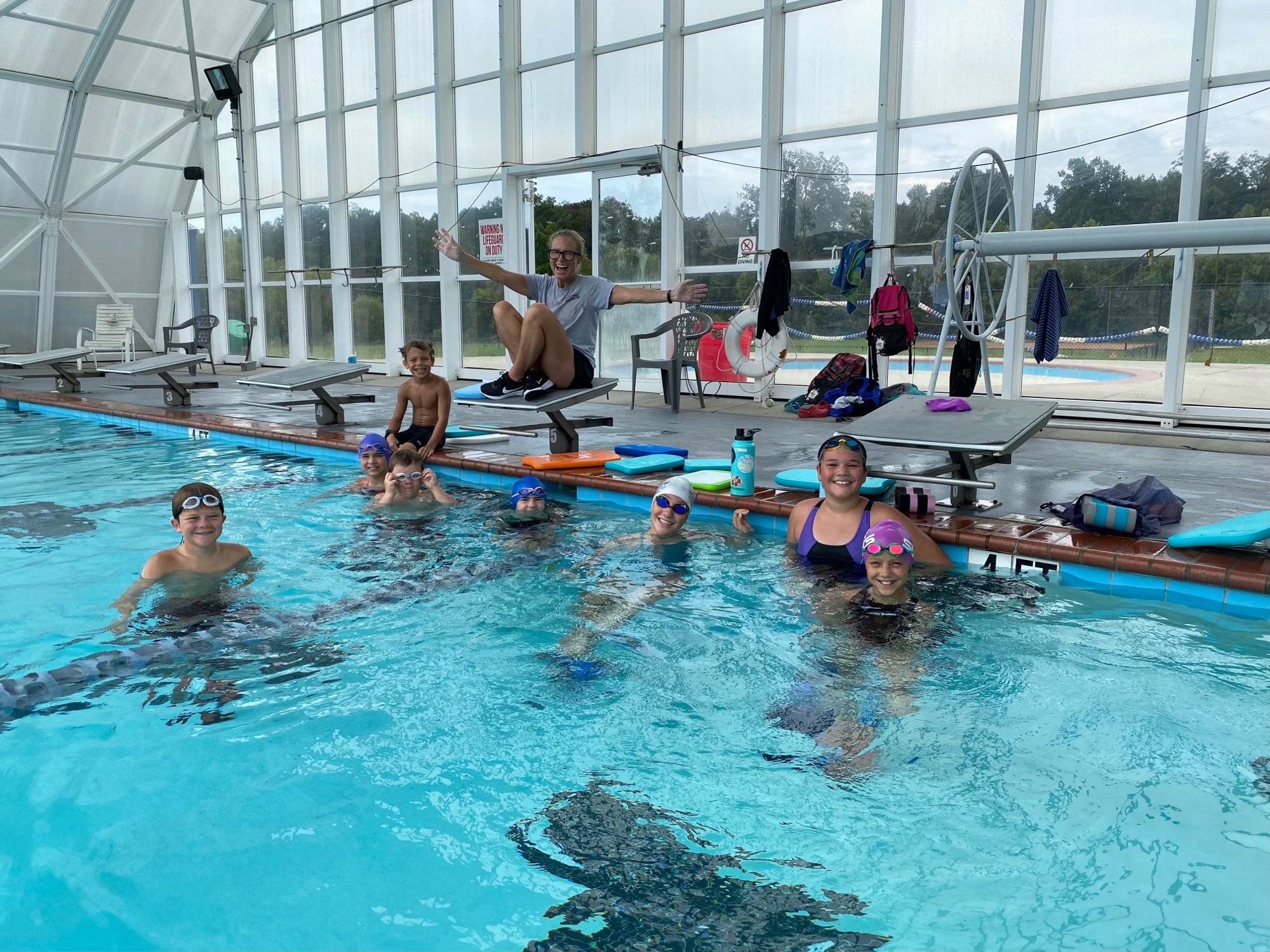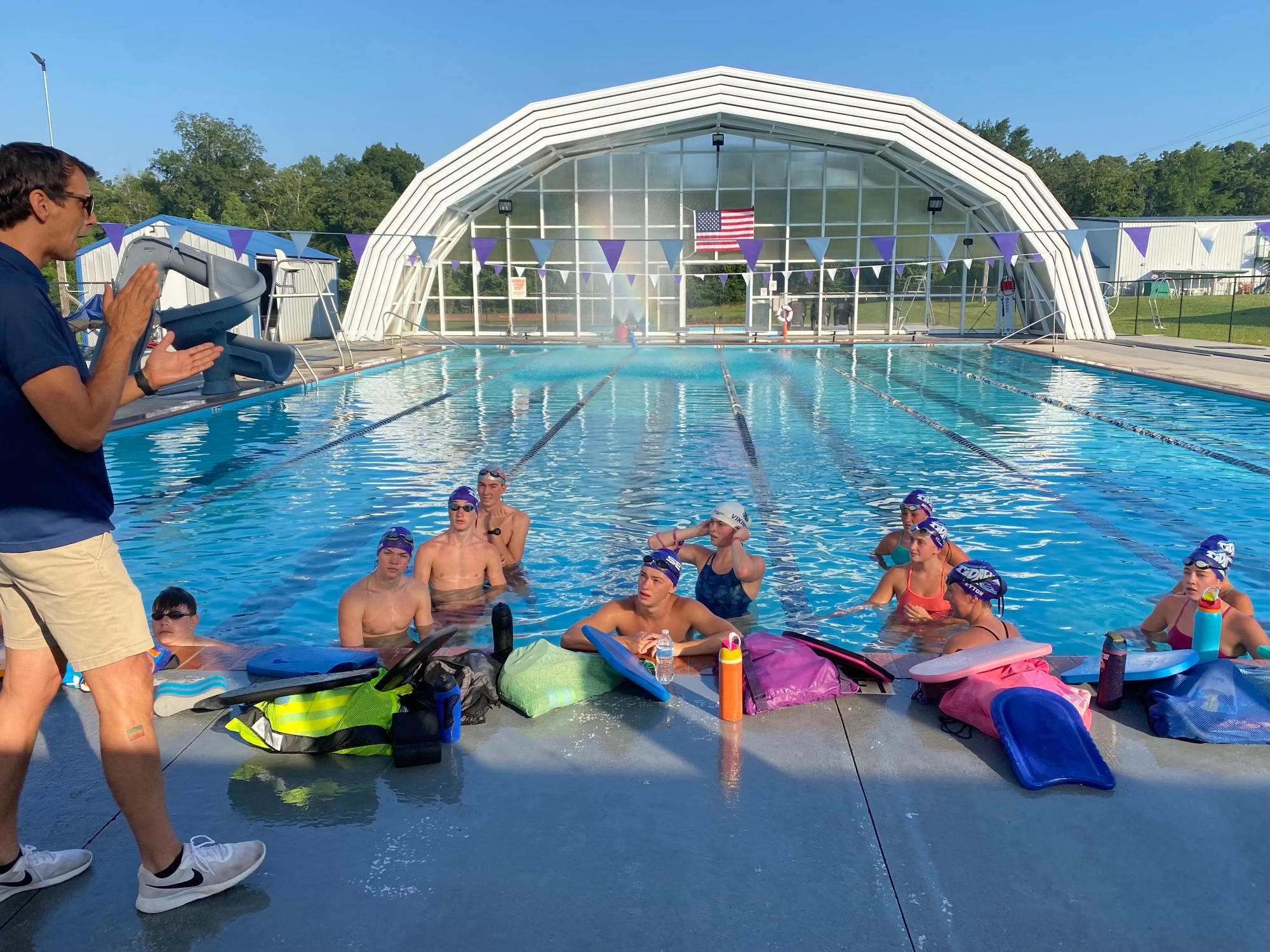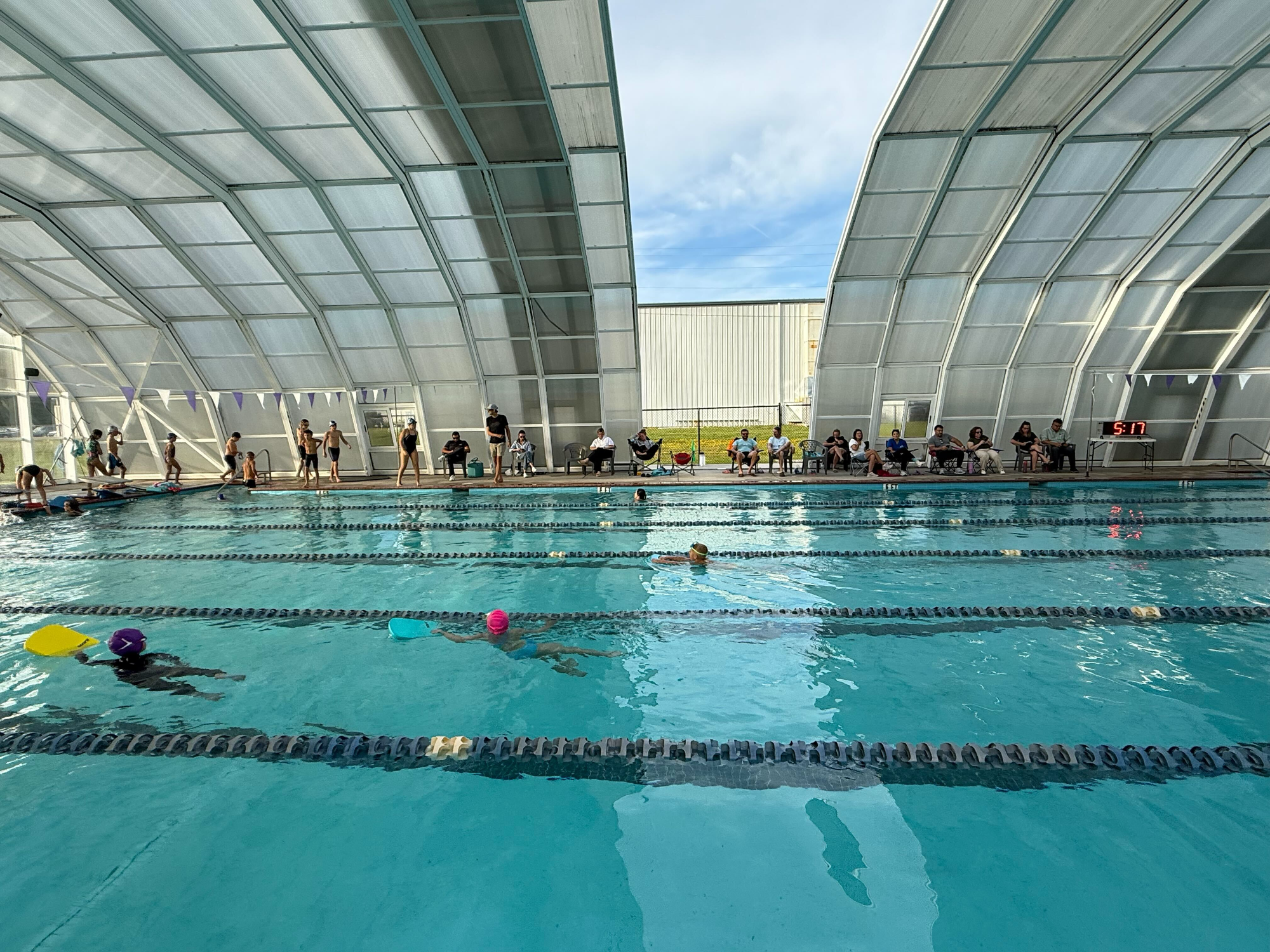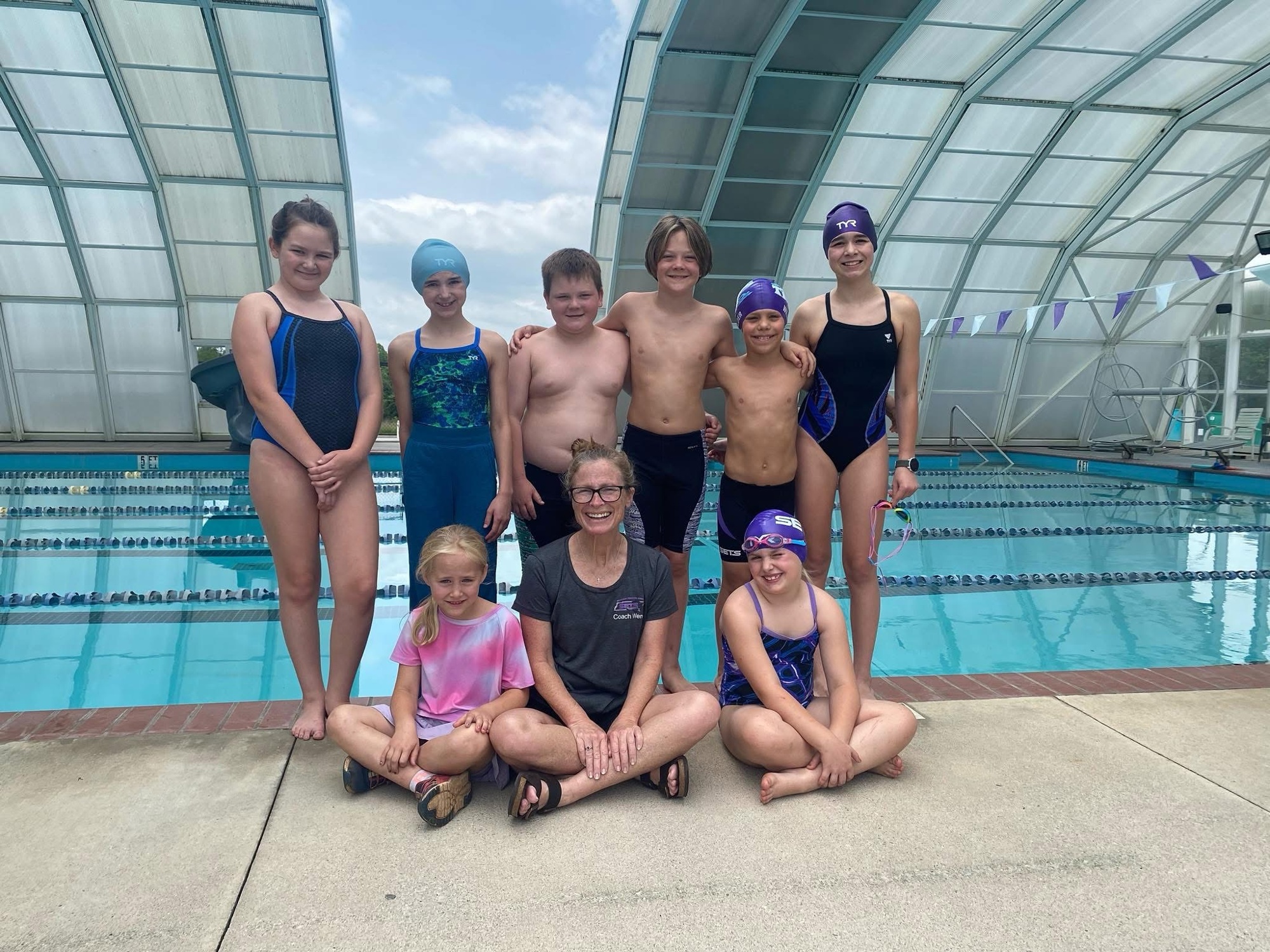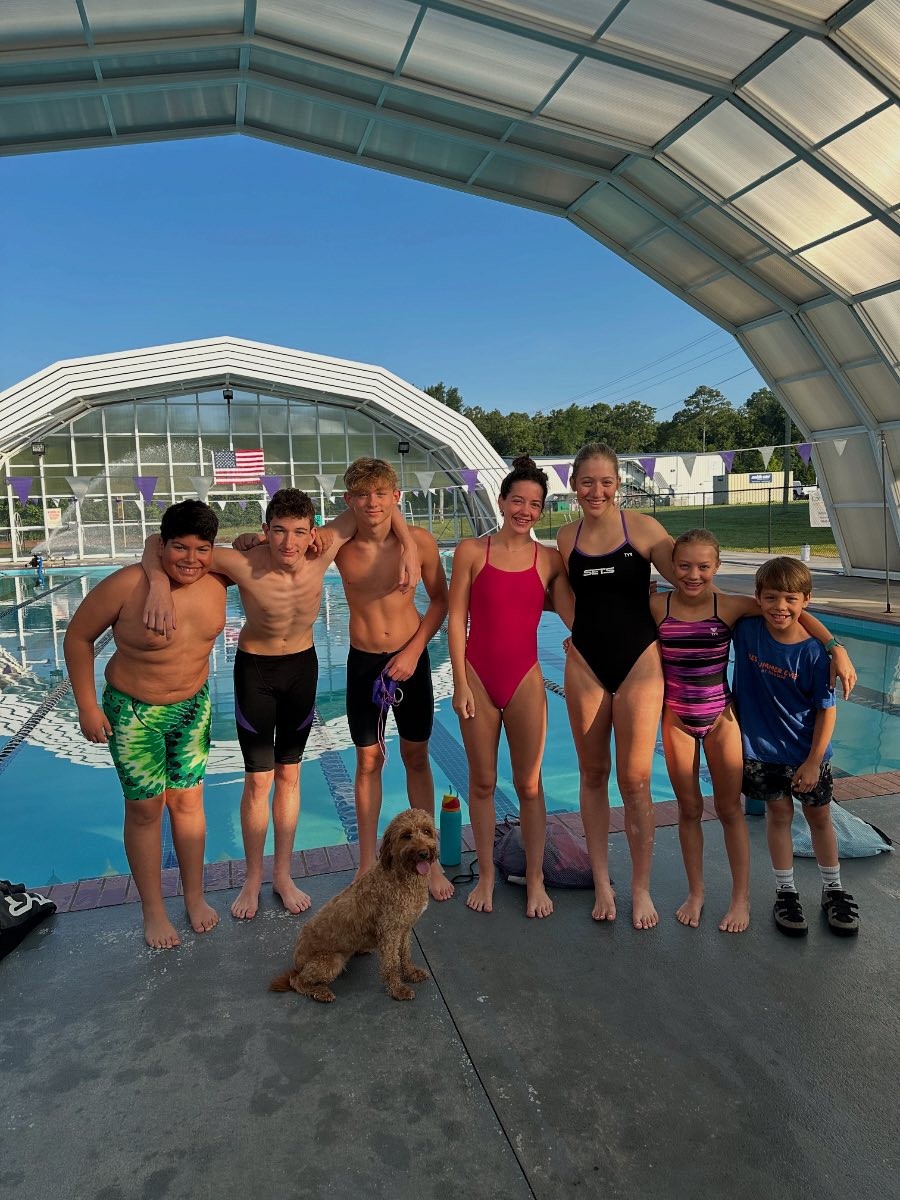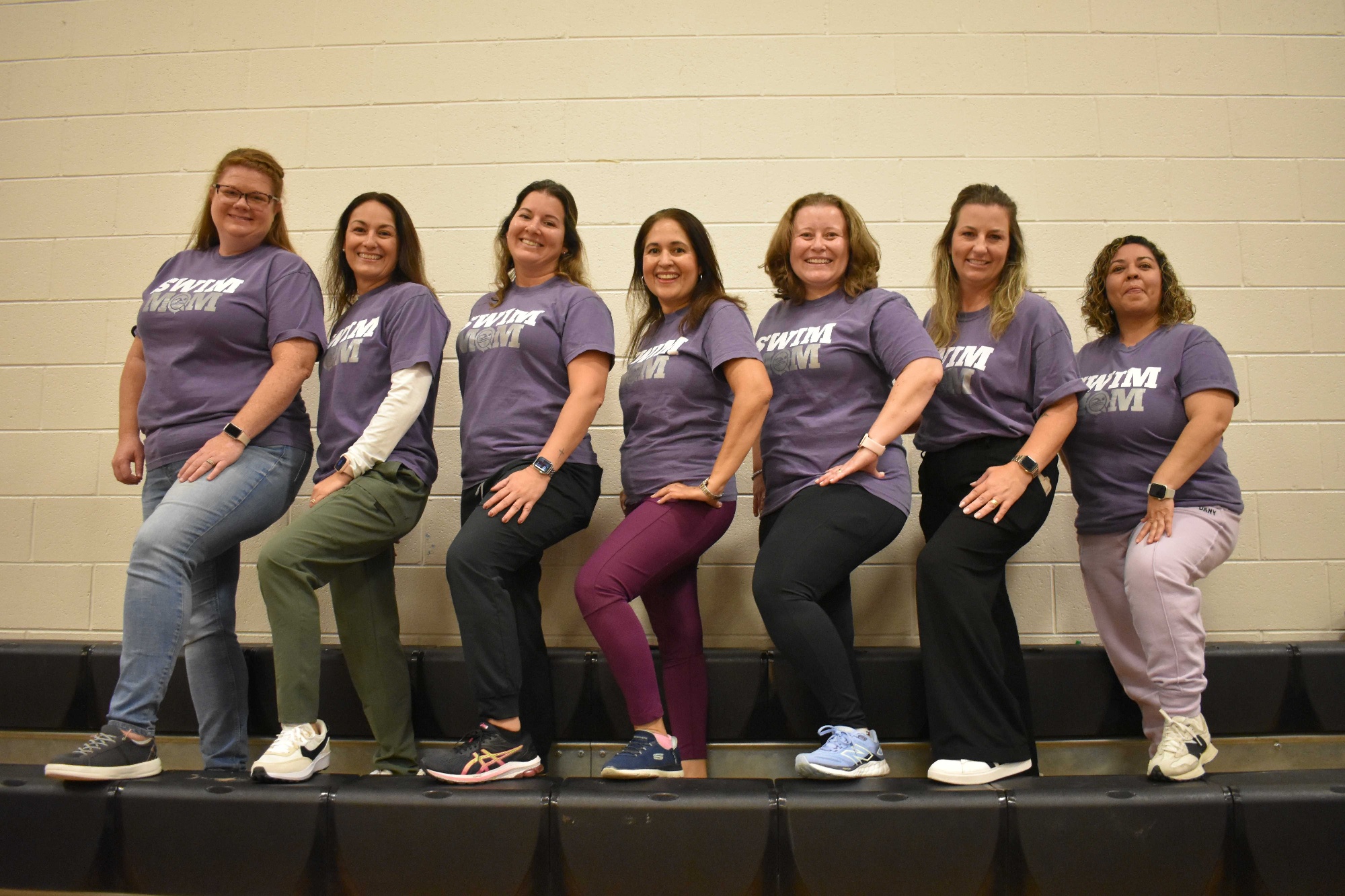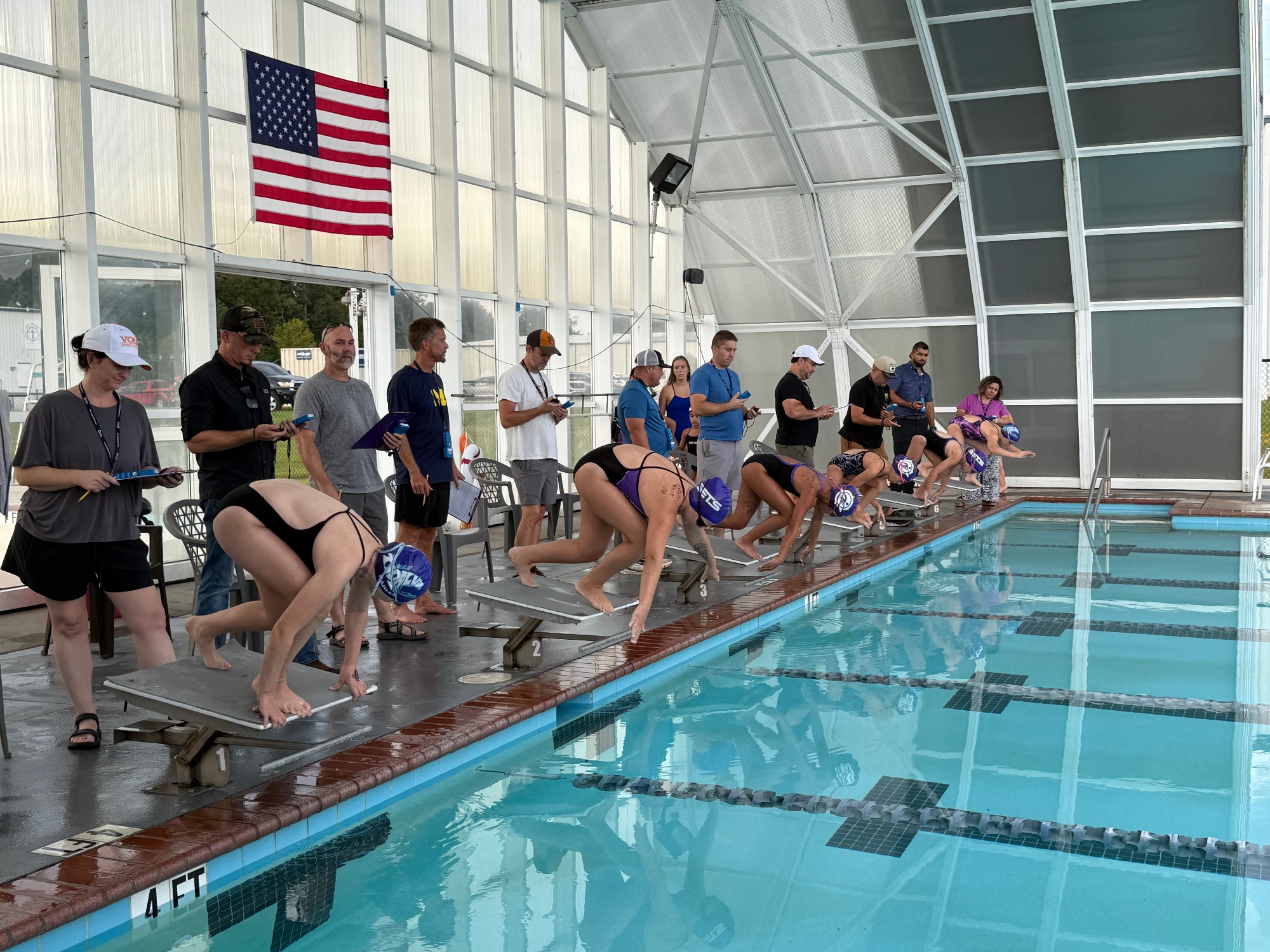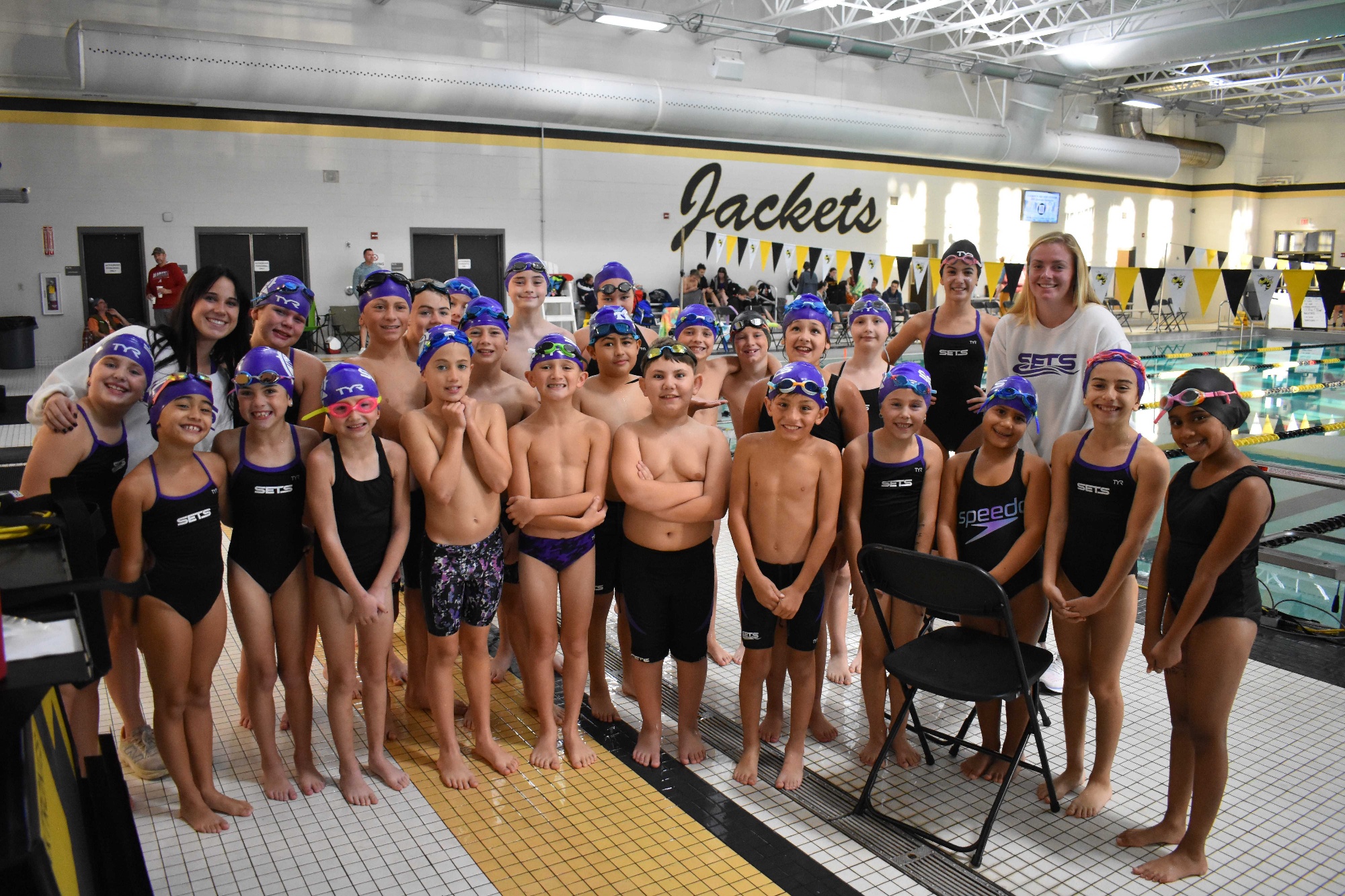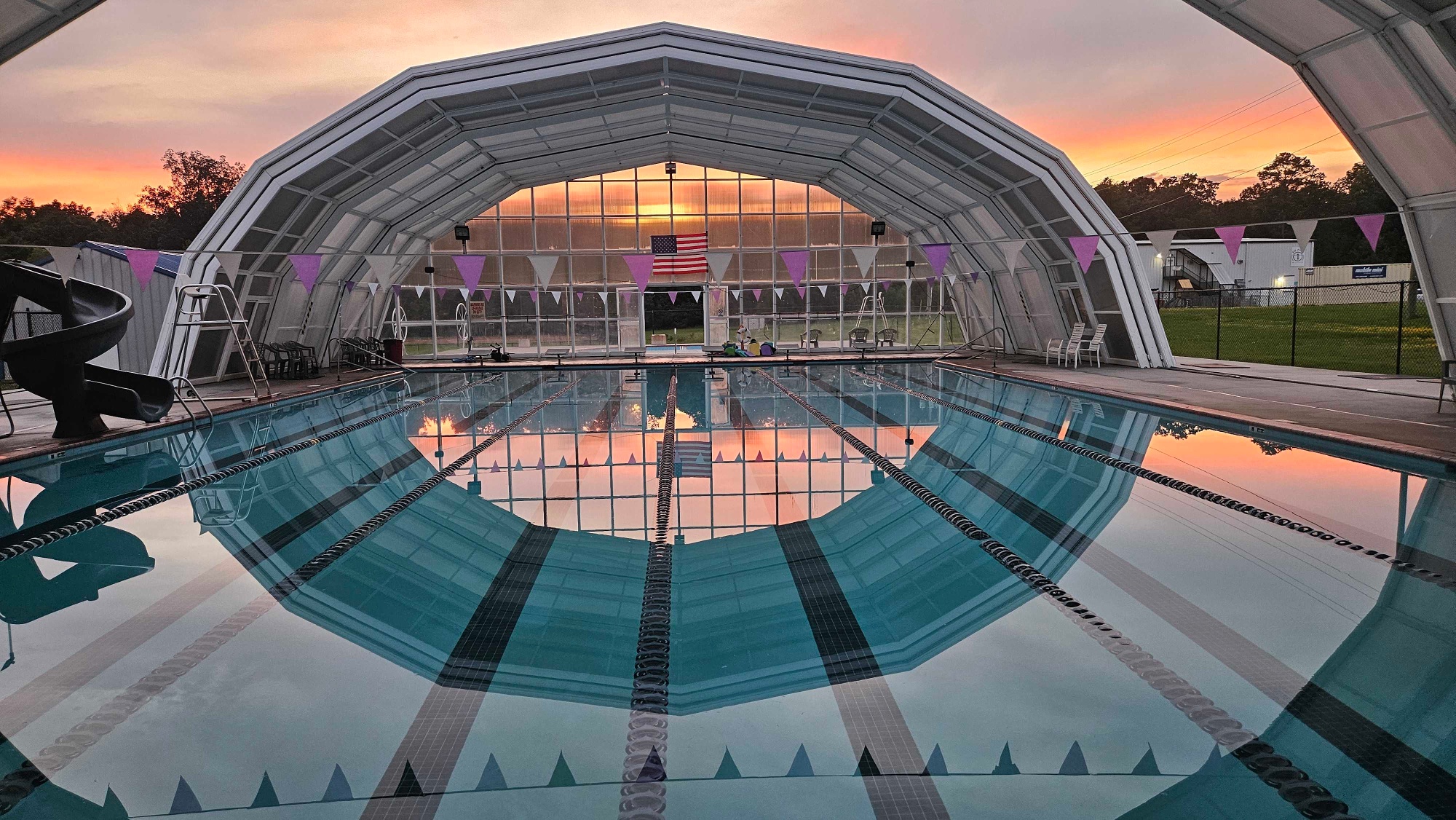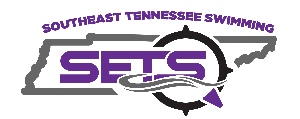SETS Handbook
2025 Board Members
Brooke Erhard, President
Adam Scales, Vice President
Felicia Johnson, Secretary/ Parent Liaison
David Boyd, Member at Large
Tiffany Holt, Member at Large
Megan Daniel, Member at Large
Contact information:
Email: [email protected]
Phone number : 423-641-1411
Head Coach: Philipp Davydotchkin
Interim Head Coach: Adam Scales
Table of Contents
SETS Disciplinary Action Plan 7
Local Corporate Sponsorship 13
Student Leadership Opportunities 15
Fees and Financial Structure 21
SETS Photography Policy (adapted from Safe Sports) 23
Minor Athlete Abuse Prevention Policy (MAAPP) 25
SAFE SPORTS BULLYING POLICY 34
AJ Physical Therapy Partnership 39
Ooltewah Swim Center Partnership 40
Terms and Agreement for Participation 42
Terms and Agreement for Student Leadership 44
WRITTEN ACKNOWLEDGEMENT OF MAAPP 45



